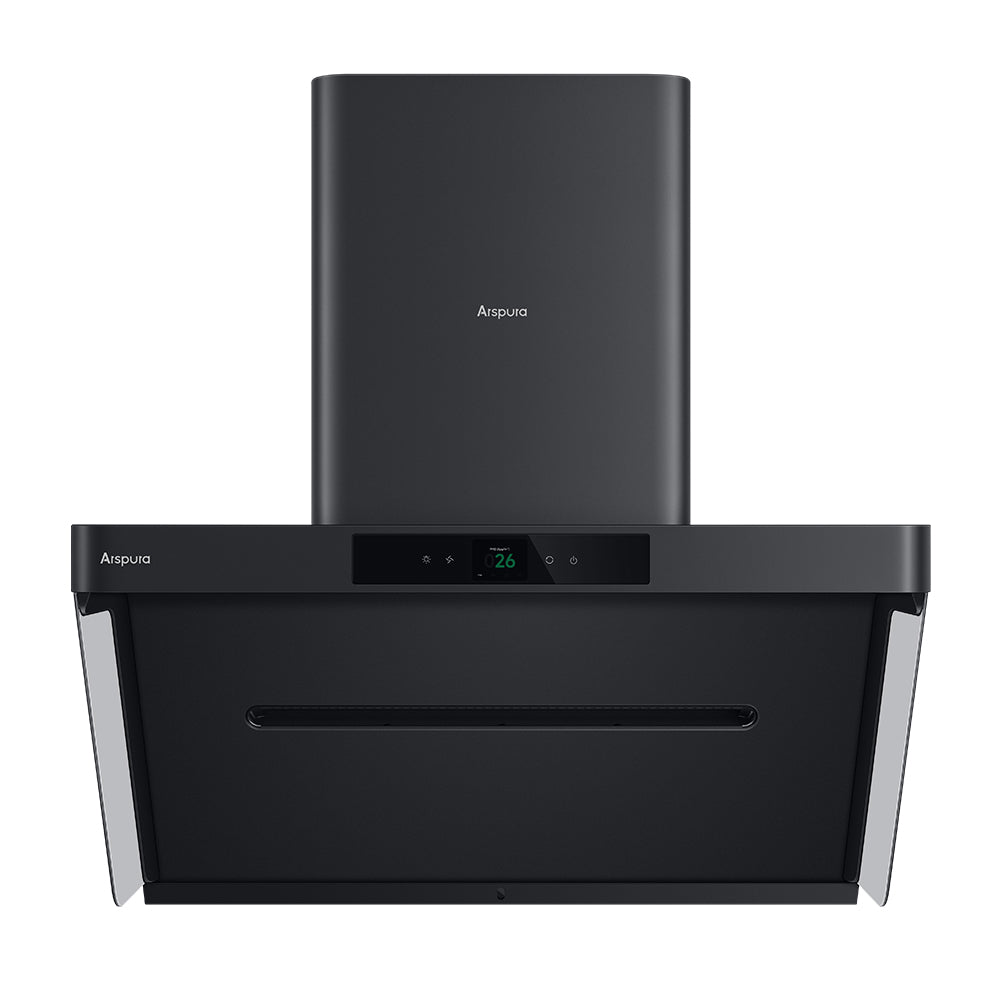Discover the Secret to Finding Your Perfect Kitchen Hood Today!
In today's culinary world, a kitchen hood is more than just a functional appliance; it's an essential element that enhances both the aesthetics and the air quality of your cooking space. A well-chosen kitchen hood can effectively eliminate smoke, steam, and odors, creating a more comfortable environment for you and your family. As someone who has spent countless hours cooking in the kitchen, I can attest to the importance of having a reliable kitchen hood. This article aims to guide you on where to buy a kitchen hood that not only meets your needs but also complements your kitchen's design.

Understanding Kitchen Hoods
Before diving into where to purchase a kitchen hood, it’s crucial to understand the different types available in the market. Kitchen hoods come in several forms, each catering to different kitchen layouts and cooking styles. Under-cabinet hoods are compact and fit snugly beneath kitchen cabinets, making them ideal for smaller spaces. Wall-mounted hoods, on the other hand, are designed to be fixed directly to the wall and often serve as a statement piece in the kitchen. Island hoods are suspended from the ceiling and are perfect for kitchens with a central cooking island. Lastly, downdraft hoods rise from the countertop when needed and are an excellent choice for modern, sleek kitchen designs.
Each type of hood has unique features and benefits. For instance, wall-mounted hoods tend to have higher airflow capacity, making them suitable for avid cooks. Island hoods, while aesthetically pleasing, often require more installation space and can be pricier. Understanding these differences is vital to choosing the right kitchen hood that suits not only your cooking style but also your kitchen's layout.
Factors to Consider Before Buying
Purchasing a kitchen hood requires careful consideration of several factors to ensure you make the right choice. Firstly, size is critical; the hood should be wide enough to cover the cooktop but not so extensive that it overwhelms the space. Additionally, consider the type of ventilation you prefer—ducted systems are more efficient as they vent air outside, while ductless hoods recirculate air back into the kitchen. Noise levels are another essential factor; you'll want a hood that operates quietly, especially if your kitchen is part of an open-concept living space.
Design aesthetics also play a significant role in your decision. The kitchen hood should harmonize with your kitchen's overall design, whether it’s modern, traditional, or somewhere in between. A friend of mine recently renovated her kitchen and spent considerable time selecting a hood that matched her farmhouse style. She found that it not only improved the air quality but also became a focal point in her kitchen. Taking the time to evaluate these factors will ensure that your kitchen hood enhances both functionality and style.
Where to Buy Kitchen Hoods
Now that you know what to look for, let’s explore where to buy kitchen hoods. Local home improvement stores are an excellent starting point, allowing you to see the products in person and consult with knowledgeable staff. Specialty kitchen appliance retailers often carry a wider selection of high-end options and can provide expert advice tailored to your needs. Alternatively, online marketplaces offer convenience and often feature customer reviews that can help you gauge the quality of a product before purchasing.
When choosing a purchasing source, it’s essential to evaluate customer service, return policies, and product selection. A friend of mine once ordered a kitchen hood online and encountered issues during delivery; however, the company's customer service quickly resolved the problem, making her experience a positive one. Taking these factors into account will help you find not only the right hood but also a reliable purchasing source.
Installation and Maintenance Tips
Once you've secured your kitchen hood, the next step is installation. While some homeowners opt for professional installation, others may choose to tackle the project as a DIY endeavor. If you’re handy and have the right tools, installing a kitchen hood can be a manageable task. However, if you're uncertain, hiring a professional can save you time and ensure proper installation. Regular maintenance is also vital for the longevity and efficiency of your hood. This includes cleaning the exterior and replacing filters as recommended by the manufacturer. A simple cleaning routine can significantly extend the life of your kitchen hood and keep it functioning optimally.
Final Thoughts on Selecting Your Kitchen Hood
Choosing the right kitchen hood is a decision that can greatly impact your cooking experience and kitchen environment. From understanding the various types of hoods to knowing where to buy them, this guide has provided valuable insights to help you in your purchase. Remember to take your time, consider your options, and select a kitchen hood that not only meets your needs but also elevates your kitchen's design. With the right choice, you’ll enhance your cooking space, ensuring it remains a comfortable and inviting area for years to come.







Comentarios